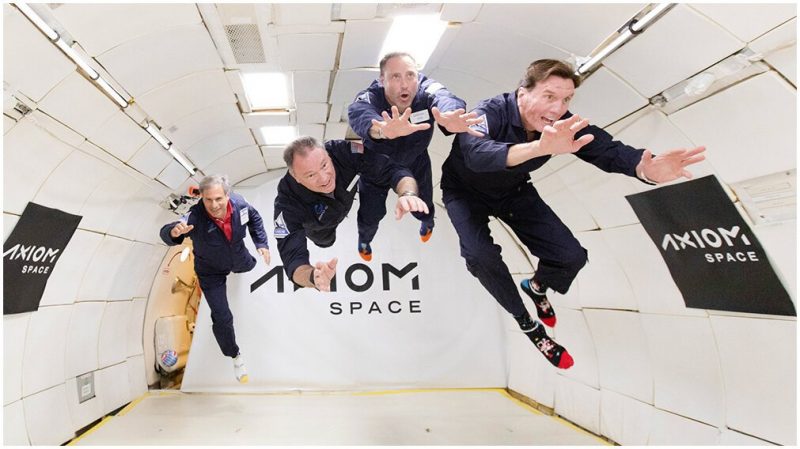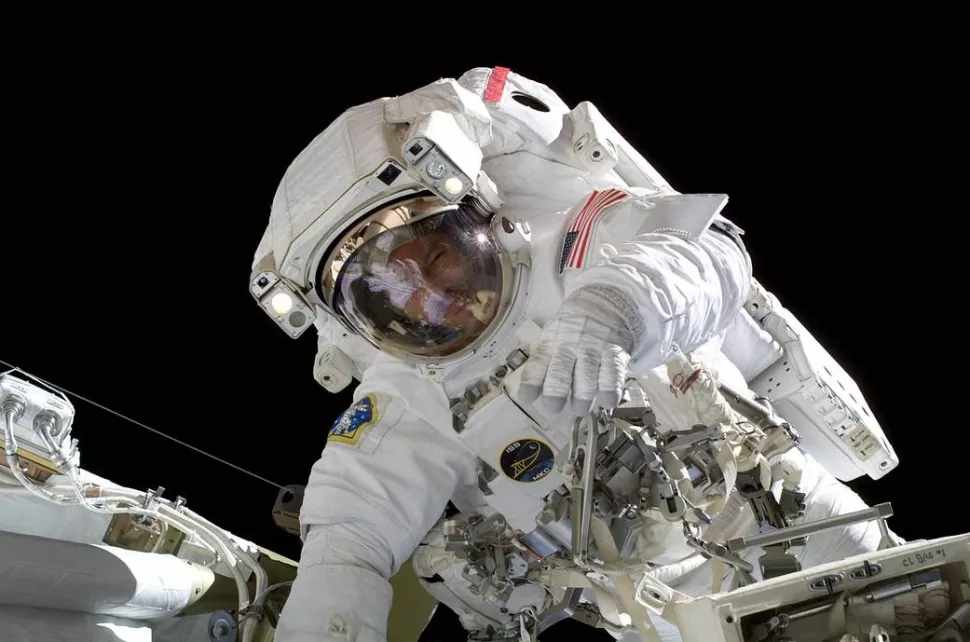NASA’s former astronaut Michael Lopez-Alegria will enter orbit with three passengers, but the three are not “space tourists,” the veteran astronaut stresses.
Lopez-Alegria will command the private Axiom Space Ax-1 mission to the International Space Station, scheduled for launch on Friday (April 8) from NASA’s Kennedy Space Center in Florida.
The crew will travel in a SpaceX Dragon capsule launched by a Falcon 9 rocket. Lopez Alegria was paid for this 10-day mission, but his three teammates have spent around $55 million each for theexperience.
Why Is It Not Just A Space Tour?
Lopez Alegria, said “It is often called space tourism,” But he added,”It’s a job that requires a lot of preparation, and I don’t think there’s any time to rest.”
“It is going to be an amazing experience, but it’s rewarding not only for the environment you’re in, but also for what individual astronauts will do,” he said. “The Ax1 looks like a NASA mission to the ISS, but I never compare it with an adventure that I travel leisurely,” he added. “A lot more than that.”
Read: Axiom Space Ax-1: Launch Date, Mission Goals, And What’s Next
Crew’s Training For The Mission

At a pre-launch press conference on April 1, former NASA astronaut Peggy Whitson, who is now the head of manned space flight at Axiom Space, said, “The crew is very well experienced. They spent hundreds of hours preparing for this flight.”
“I have spent hours modeling technical and practical techniques,” Lopez Alegria said at a press conference.
Larry Connor, a real estate entrepreneur who pilots the Ax1 mission, added that the crew started training a year before the flight and “we spent somewhere around 750 to over 1,000 hours of training depending on our role.” The crew of AX1 has commander Lopez Alegria, pilot Connor, and mission specialists Eitan Stibbe and Mark Paty.
Also read: Beginning of a New Era: SpaceX launches first private AX-1 Astronaut Mission
Can Anyone Become An Astronaut?
The “astronauts” today are not just government- backed space agencies that are launching people into space.
NASA astronauts must have minimum qualifications, including a master’s degree in Science, Technology, Engineering and Mathematics (STEM) and at least two years of relevant experience.
According to NASA, they can train for up to two years to become “fully qualified astronauts” before making their first flight. In 2001, American engineer and entrepreneur Dennis Tito became the first space tourist to become self-sufficient in spaceflight.
Since then, the commercial space industry has expanded tremendously, with the list of people falling into the “private astronaut” category.
Read more: Live Updates on Artemis 1: Human Exploration Mission To Moon
What Will The Crew Do In Space?
“With all the astronauts here, we’ll be conducting about 25 different experiments, including over 100 hours of research in eight days on the ISS,” Connor added.
In addition to spurring preparations for a total of 10 days of flight, the Ax1 crew are also conducting scientific experiments on board. The experiments include “brain headsets” provided by the Israeli startup Brain.Space.
Stibbe will be the one carrying the “brain headsets” along with several other experiments sent on behalf of the non-profit Ramon Foundation, which Stibbe co-founded in honor of his friend Ilan Ramon. Israel’s first astronaut, Ramon (with Steve becoming the second), died in 2003 during the tragic mission of the Columbia Space Shuttle.
